Every cat owner wants to think that their puss loves them, or at least likes them! But with cats, it can be hard to tell. They don’t go for the boisterous, tail-wagging, slobbering adoration that dogs favour. That is simply not their style. This can result in some people thinking that they are unfriendly and aloof. Is that really true?
Studying your cat’s behaviour and how they interact with you can give you some clues about what they think of you. Here are some of the main ways in which cats show affection using a combination of subtle body language, postures, and noises.
Tail Position and Movement
You can tell a lot by watching your cat’s tail. They are a brilliant indicator of feline emotions using position and degree of fluffiness. They also demonstrate affection.
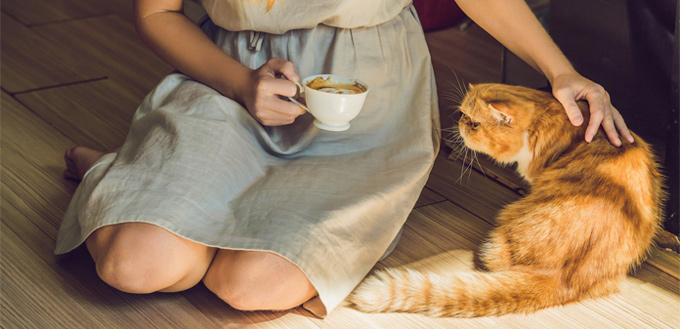
Does your moggy weave around your legs whilst twining theirs in your limbs? This means they love you. They are demonstrating emotional attachment to you with this action. They may lie next to you and let their tale rest on you. It’s all about ownership and saying ‘this is my human and I love them’.
When you come home after a long day at work and kitty runs to you with their tale in the air it is a certain sign that loves and misses you when you’re not around! A tale in the air is a bit like a human ‘thumbs up’! It means even more if they fluff out the base of their tails and quiver them.
Head Rubbing and Butting
When a friendly kitty does a combination of head rubbing and butting, it’s called ‘bunting’. It’s a way for a cat to greet people that they feel safe with. It shows that they like and trust you. It’s also a social invitation. Your puss is offering for you to interact with them and that is very special.
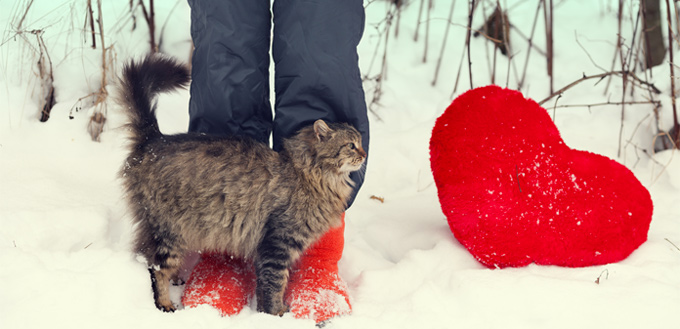
Cats have special scent glands on their cheeks that produce a type of hormone called pheromones. You are being covered in this scent but your nose will not be able to detect it. By rubbing their scent glands on you, they are signifying ownership and that is bestowing a great honour on you. Your cat wouldn’t want to mark you out as their property if they did not like you.
Eye Expression
We can tell a lot about how another person feels about us from their facial expression but you may not know that cats can make faces too! They can use the shape of their eyes to project their emotions.
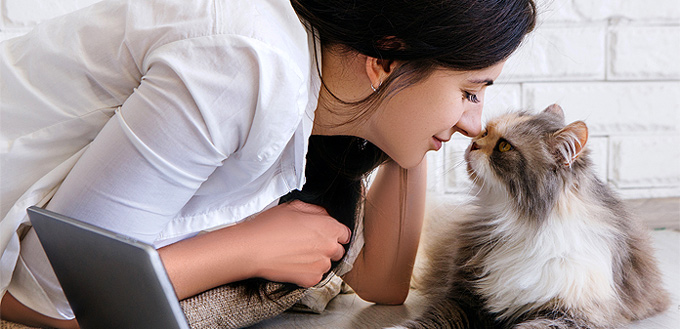
A cat that is stressed and nervous has wide open eyes so if your kitty is blinking at you through half-closed eyes they clearly don’t see you as a threat. Blinking is like blowing a kiss in the cat world so it would impolite to not blink back.
Kneading and Grooming
Kneading is the term for the gentle pounding action that cats do with their front paws on their mother’s belly as they are feeding. It stimulates their mother’s milk release and gets them a bigger meal. Older cats will still associate this action with pleasure and affection. So, if your kitty climbs onto your lap and starts kneading your jumper (they drool at the same time) it is a definite display of trust and affection.
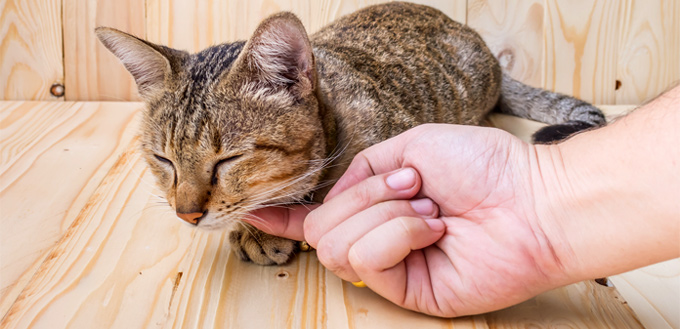
Mutual grooming is a common way of establishing bonds between many mammals. The apes do it by picking out parasites with their fingers and it is thought that even humans did it at one time in their evolution. Cats groom each by licking fur and a mother cat starts this off by grooming her kittens.
It is a way of relieving stress and exchanging scents and establishes trust. Cats will only groom other cats that they trust. A cat grooming/licking you is, therefore, a sure sign of affection. Your kitty is mingling her scent with yours as if you were another cat. That is a great honour.
Being with You
Cats are pretty independent creatures so if they have chosen to be with you, that is a very good sign. They may follow you from room to room, relax next to you or curl up on your lap. This signifies that they feel an emotional connection with you.
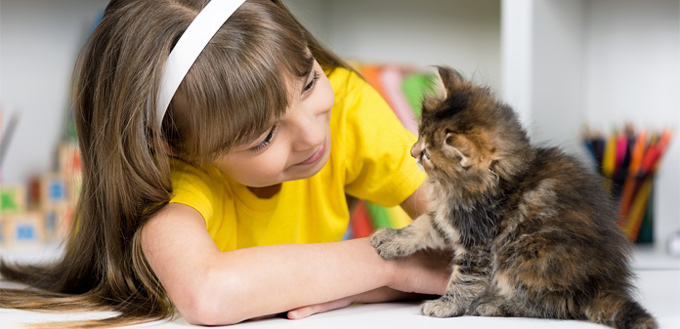
They may sneak into your bed and curl up in your blankets. They may even help to keep you warm at night. However, when they decide that it’s time for breakfast they will have no hesitation in waking you up with a nudge.
Affectionate Noises
Whilst your puss cannot actually say ‘I love you’ they can make affectionate noises! The best one has got to be the purr. The rhythmic hum that we all love so much is the top way for cats to show affection. Cats of all ages can purr and it is almost always a sign that they are happy. Be warned though, it can occasionally mean that a cat is nervous. It is wise to look for other signs of happiness if you are not sure, especially in a cat that you don’t know very well.
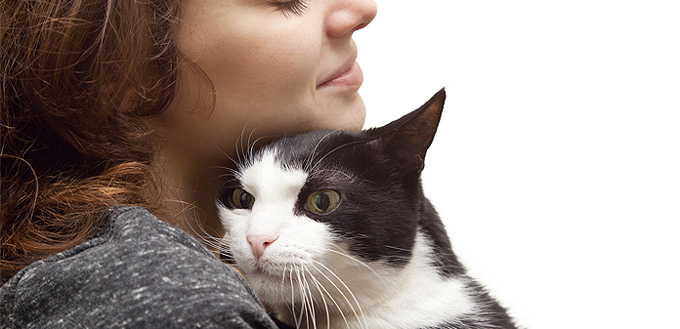
Purrs are not the only happy sound that cats can make. They can make chirrs, chirps, chortles and trills to show love and affection. A mother cat will reassure kittens with chirrs and your cat will copy this to show love to you. These sounds are reserved for special people so you are highly honoured. A soft meow is also a feline display of affection.
You can return affection by stroking your kitty and allowing them to identify you as their property with bunts. Finally, if your puss leaves a freshly caught mouse on your doorstep, remember that they are acting out a role as your mother and teacher. If that’s not love, what is?
Sources:
- Arden Moore, 10 Ways Your Cat Shows You Love, VetStreet
- Kathy Blumenstock, Does Your Cat Love You? 7 Signs to Look For, PetMD







